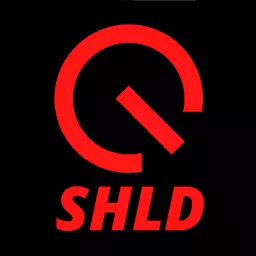Hey there, fellow sound aficionados and audio adventurers! Today, we're diving deep into the wild world of music tech, where cables have secret lives, buttons beg to be pressed, and knobs...well, they just like to be turned! Ever found yourself in a musical pickle, staring at a tangle of wires, and pondering the difference between an audio interface and a direct interface? 🤔
Don't worry; you're not alone! It's a bit like trying to distinguish between your cousin's identical twins - both awesome, but with their quirks!
Audio Interface
An audio interface is a hardware device used to connect audio equipment, such as microphones, instruments, and speakers, to a computer or recording system.
It typically converts analog audio signals into digital data that can be processed and recorded by software on your computer. Audio interfaces often have multiple inputs and outputs, preamps for microphones, and various connectivity options (e.g., USB, Thunderbolt, Firewire).
They are commonly used for recording, mixing, and processing audio in professional and home studios. They provide high-quality sound capture and playback and offer control over audio levels and routing.
DI Box
A direct interface, often referred to as a DI box or direct box, is a device used to connect musical instruments, like electric guitars or bass guitars, directly to a sound system, mixer, or recording equipment.
The primary purpose of a DI box is to convert the high-impedance, unbalanced output of an instrument into a low-impedance, balanced signal suitable for long cable runs and professional audio equipment. DI boxes are essential for avoiding signal degradation, noise, and impedance mismatch when connecting instruments to audio systems. They are commonly used in live sound setups and recording studios to achieve clean, noise-free instrument input.
You can buy passive DI and active DI. The active DI features an integrated buffer or unity gain amplifier, which provides a more robust signal compared to its passive counterpart. On the other hand, the advantage of using a passive direct box lies in its straightforwardness, as it eliminates concerns about local power requirements while still offering isolation and high signal handling capabilities.
In summary, the key difference is that an audio interface deals with audio signal conversion and processing for various audio sources, while a direct interface (DI box) focuses specifically on providing the best possible connection for musical instruments to audio systems, ensuring signal quality and compatibility.
Soon, I'll post an article about the best mini Audio USB Interfaces for recording on the go. And if you need to lower your recording latency with Ableton, I recommend this article: How to Fix Recording latency in Ableton Live

Speak your mind